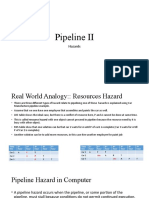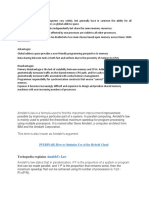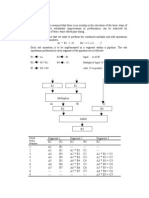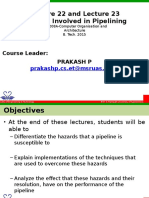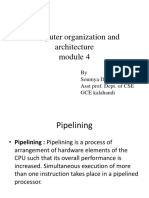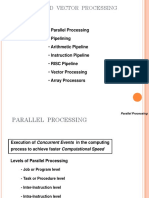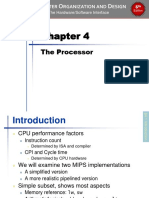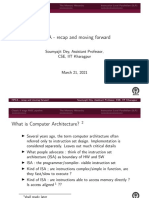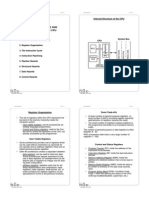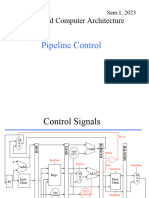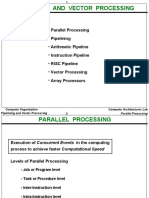0% found this document useful (0 votes)
11 views12 pagesCoa Report
The document provides an overview of computer organization and architecture focusing on pipelining and hazards. It explains the concept of pipelining, types of pipelines (arithmetic and instruction), and various hazards that can occur in CPU pipelines, including data, control, and structural hazards. The document also discusses techniques for mitigating these hazards, such as stalling, flushing, forwarding data, and branch prediction to enhance processor performance.
Uploaded by
mukherjeesomdatta19Copyright
© © All Rights Reserved
We take content rights seriously. If you suspect this is your content, claim it here.
Available Formats
Download as DOCX, PDF, TXT or read online on Scribd
0% found this document useful (0 votes)
11 views12 pagesCoa Report
The document provides an overview of computer organization and architecture focusing on pipelining and hazards. It explains the concept of pipelining, types of pipelines (arithmetic and instruction), and various hazards that can occur in CPU pipelines, including data, control, and structural hazards. The document also discusses techniques for mitigating these hazards, such as stalling, flushing, forwarding data, and branch prediction to enhance processor performance.
Uploaded by
mukherjeesomdatta19Copyright
© © All Rights Reserved
We take content rights seriously. If you suspect this is your content, claim it here.
Available Formats
Download as DOCX, PDF, TXT or read online on Scribd
/ 12






